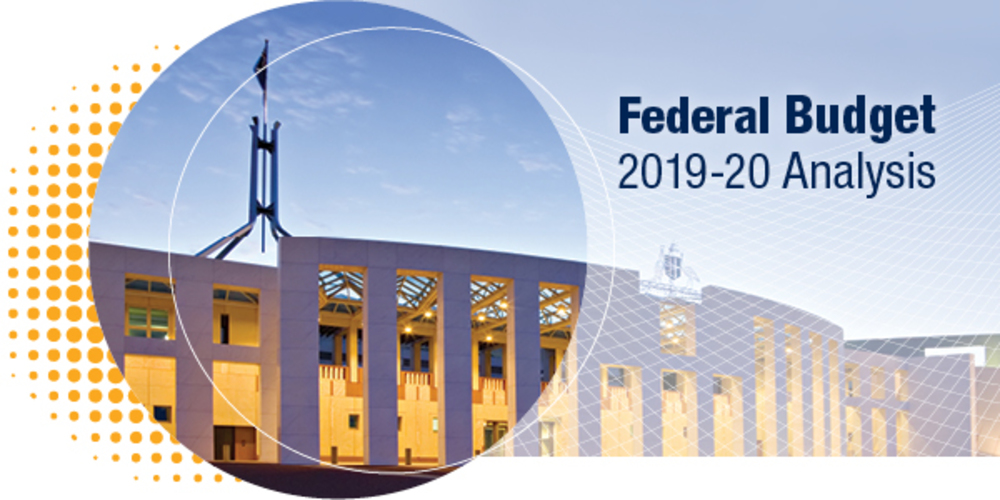The Personal Property Securities Register (PPSR) turns 7!
Posted on May 1, 2019 by GSCPA AdminAs of the 30th of January 2019, the Personal Property Securities Register (PPSR) turned 7 years old. Whilst this may seem like an insignificant occasion, the movement of the PPSR into it’s 7th year could potentially have implications for a large number of businesses.
7 years marks the maximum duration for a security interest which required registration by a serial number, or for other interests, a 7 year registration period represented the cheapest registration option (in terms of fees charged by the PPSR). So common is the 7 year duration that up to 115,000 registrations were automatically discharged on the day following the PPSR’s anniversary, 31 January 2019, that is 115,000 separate assets which small business and the people behind them lost protection for, and which could, in the wrong circumstances negate their ownership interests.
But what exactly is the PPSR again?
The PPSR is a national online register that stores the security interests of parties over assets. The purpose of the PPSR was to take lead from Canada and New Zealand to improve the ability of individuals and small to medium businesses to more effectively use their property to secure lending. To provide protection for consumers or businesses making large purchases, that are not real estate, e.g. motor vehicles, boats, trading stock, second hand goods and financial assets (shares). Or when selling the above goods on credit terms or when leasing, renting and hiring out such goods.
Who uses the PPSR?
Most commonly the register is used by banks and other institutions which provide credit, as through this register they are able to secure their interests in the property which they facilitate the purchase of should their customer default.
Another common example is second hand car dealers. They will frequently review the register before purchasing a vehicle from a member of the public or from a fleet arrangement to ensure that no other parties (besides their seller) has a claim to the vehicle.
Doesn’t a clause in my contract protect me, and what is “Perfection?”
A retention of title clause is common in contracts where you are providing a good, the purpose of these clauses is to ensure that the title remains with you until the goods are paid for in full. However, these clauses no longer protect you on their own. With the PPSR in place, if another party has registered an interest in the same good (e.g. taken it as collateral for another loan) they will be ahead of you in the queue should your mutual customer default or go broke.
Perfection is a technical concept particular to the PPSR. Perfection over the security interest in an asset provides your interest in the asset with priority over other claimants. To have a perfected interest, it must have an attached security interest, be enforceable against third parties, and is either PPS registered or the collateral is in the possession or control of the secured party.
How can I check if my assets are still protected?
It is quick and easy to access the PPSR and have a “Registrations due to expire” report generated. Simply follow the link here, and follow the instructions provided. This process will require you to sign into the account you used to register your interest or to create a new account (this is free). Also note that all reports are generated as Excel files (.CSV and .XML) so for best compatibility download the report onto a laptop or desktop computer.
What should I do next?
Once you have a copy of the above report, review your interests and their expiry dates. It is key to renew your interests before they expire, as if they expire you must register a new interest, this will compromise your interest’s priority over the asset, putting it behind other parties. Further, if you have any other assets which you think may be applicable go about registering them onto the PPSR at the same time.
If you have any further questions or concerns regarding the PPSR please contact the team at GeersSullivan on (08) 9316 7000.

